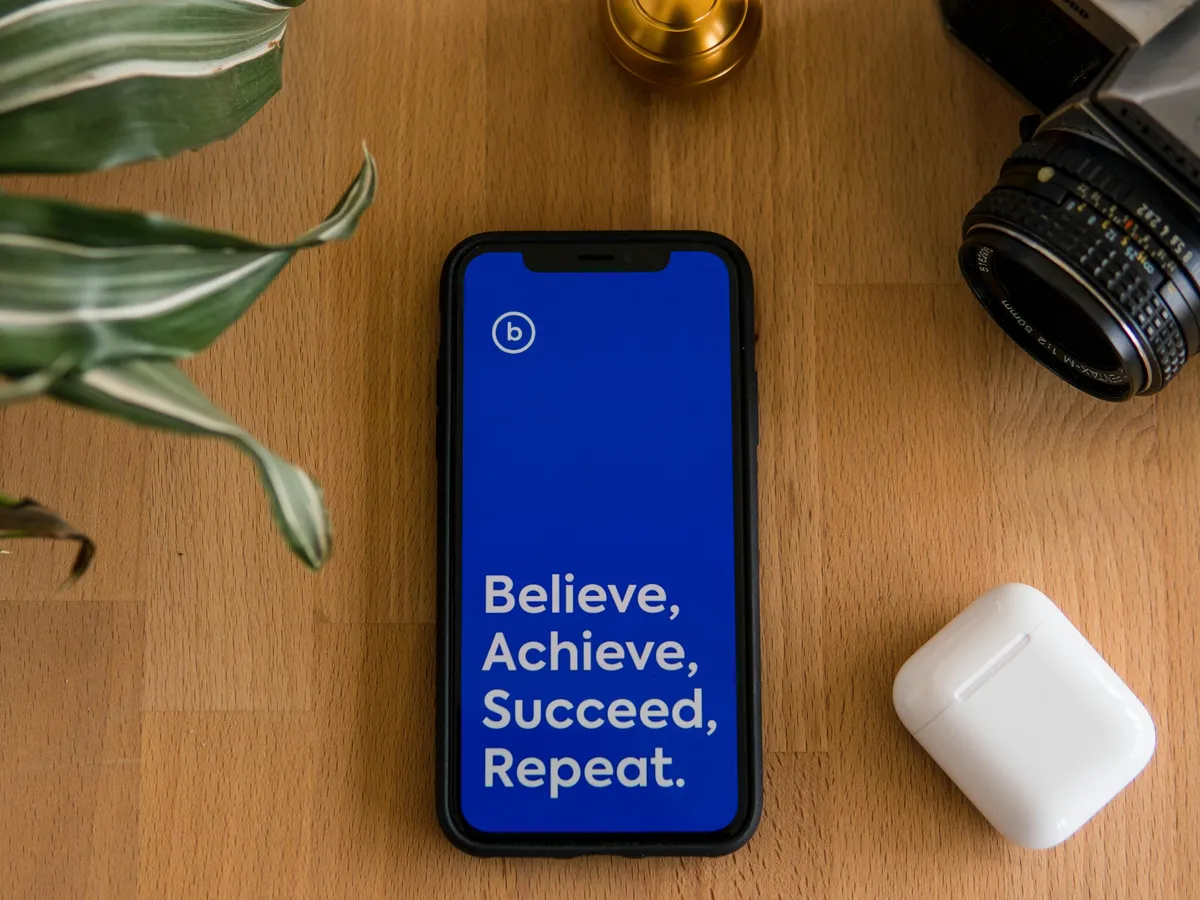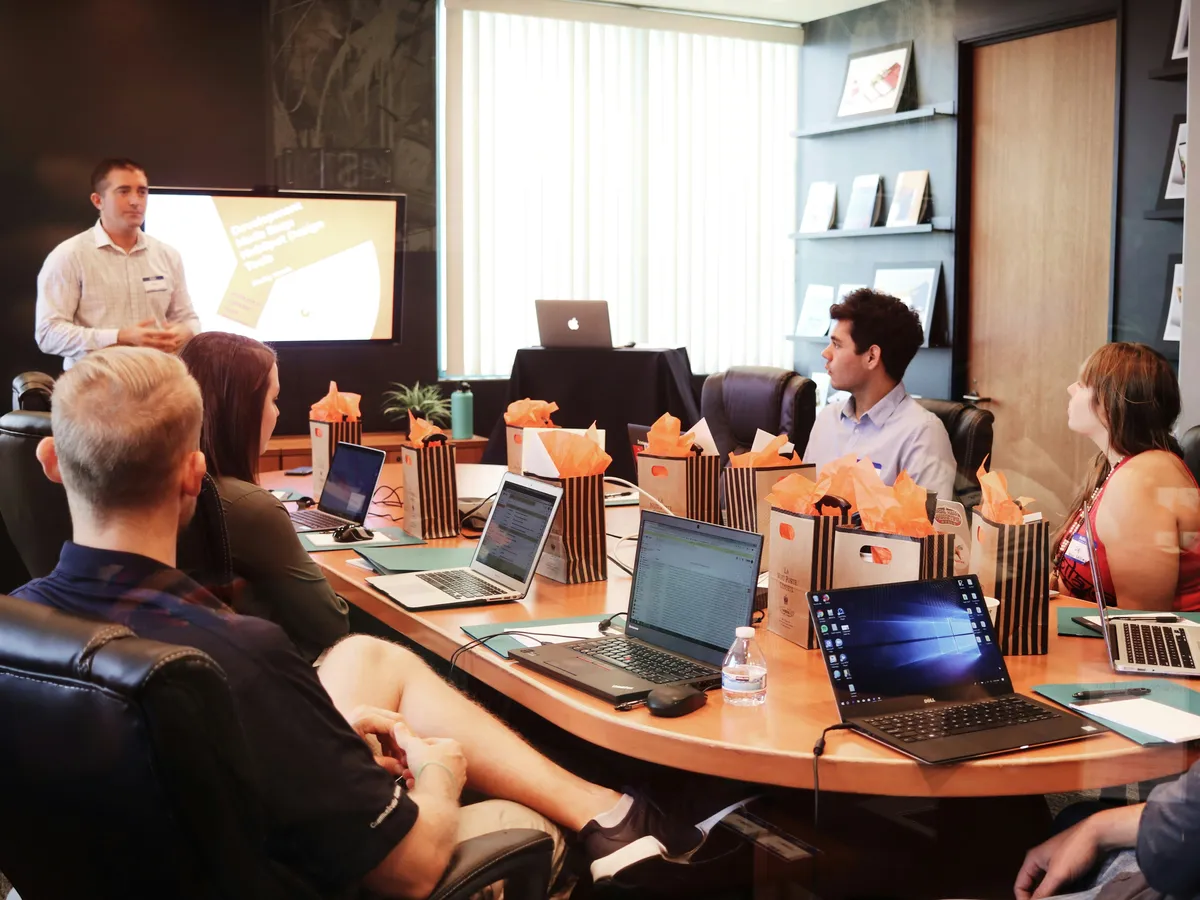Get ready, Toastmasters – club officer election season is officially here! This is one of the most important times of the year, because elections allow members to gain leadership experience by being a club officer.
Introduce Your Elections in May
Officer Training for the upcoming term typically commences in mid-June. This is why it’s best to have the elections no later than the end of the first week of June. Given the timeframe, election season should be introduced about 2-3 weeks before the election date. If you have a strong pool of candidates, 2 weeks is sufficient. Otherwise, a 3 week period before election is recommended to recruit candidates.
Introducing Election Season
To effectively introduce election season clubs should dedicate a meeting on introducing elections. During this meeting, the speech segment is replaced with a segment focused on explaining the election process. The format we used in my club is:
- The Toastmaster Introduces Presiding Officer
- The Presiding Officer Gives an Introduction to the election process
- Presiding Officer Introduces Board Members one by one to explain their role
The Presiding Officer
The Toastmaster transition control to the presiding officer, who will oversee the election introduction section. Ideally, this individual is the current club president. He will give his introduction before the the role explanations.
Election Introduction
This introduction should notify guests of the special meeting, explain the self-growth from serving on the executive board, the election procedures, and the term length. The goal is for the audience to be informed and inspired to be a club officer.
Role Explanation
Prior to volunteering, a member should understand the responsibilities of the roles available. To reduce the strain on individual members, each officer should explain his role to the club. If some roles are empty, officers can explain another role as well to inform the audience.
Timing
The entire section’s time should be planned and allocated appropriately. Once you decide on how long each member should speak, the limits can be given to the meeting’s timer.
Conclusion
Taking the time to properly introduce officer elections is a fantastic way to energize your members, ensure smooth executive committee transitions, and build an even stronger club for the future. By really explaining those roles and getting people excited about their leadership, you’re setting your club up for a truly amazing next term. Get planning, and get ready to welcome your new team of leaders!









